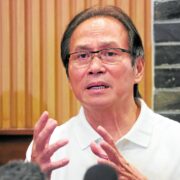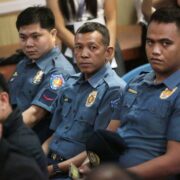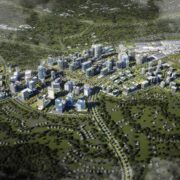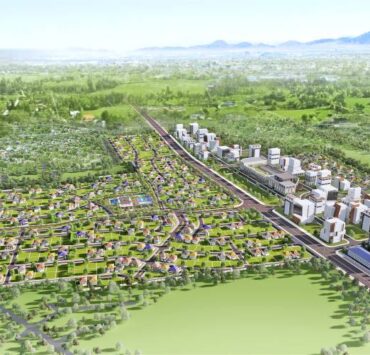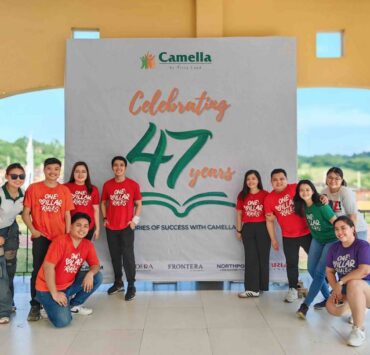People, nature, mobility, and places to thrive: A wish list for 2025
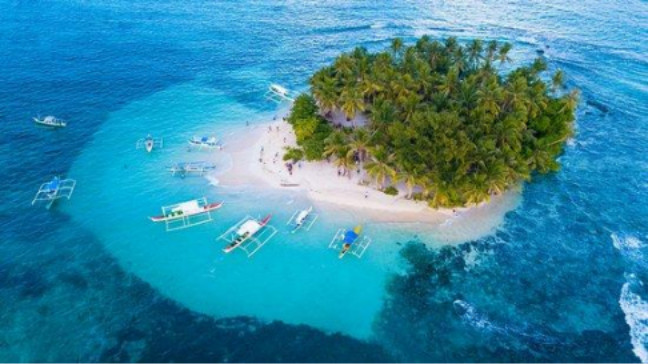
What do you hope for in the coming new year?
As we revel in the first month of 2025, it may be good to start writing those wish lists. Let us walk you through a couple of insights that may hopefully spur positive actions among key players in our planning, design, and construction industry.
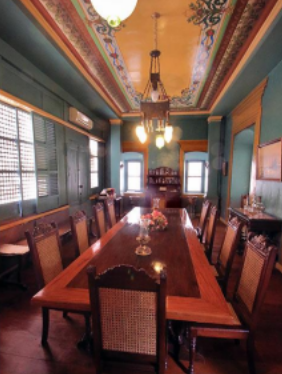
From vulnerability to strength
Inclusive architecture is gaining traction through the commendable efforts of schools like Child’s World-AGC, and the projects Forever Home, Joshua’s House and the Baby Boomers Retirement Community (BBRC). These organizations provide housing, education, and training to children on the spectrum and their aging parents, ensuring their continued care and well-being.
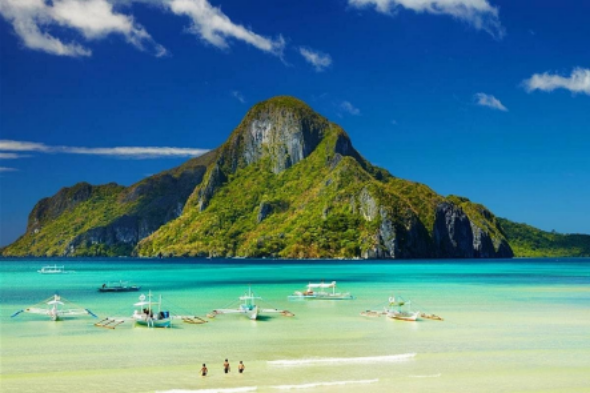
Ecology and environment first
Ecological and environmental sensitivity should be the guiding principle for all types of projects. Why not strive for balanced growth, where nature and open spaces are preserved, and allocate just the right percentages for built-up areas?
If we rehabilitate and manage the coastal environment, if we pursue nature-based solutions instead of converting all our coastlines into highways, and if we prioritize biodiversity not just in protected areas, but even in our urban ecological systems, we can realize our sustainability objectives.
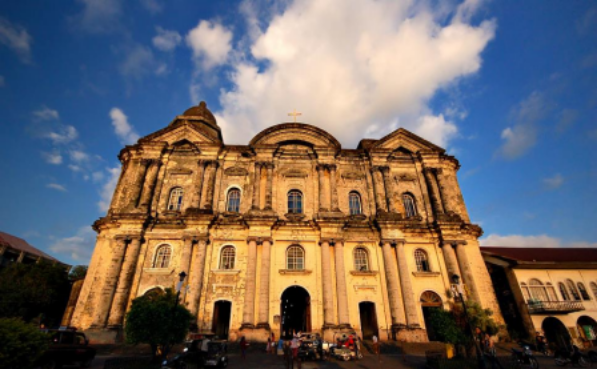
Climate adaptation and comfort
Lessening carbon emissions and striving to be carbon neutral should be at the top of the list.
Proper siting and the inclusion of north-facing windows for daylighting, along with the use of external sunshades and operable windows, can reduce dependence on energy-intensive airconditioning systems. Specifying locally sourced, recycled, and upcycled materials are also effective strategies for climate change adaptation.
Simple decisions such as using effective insulation materials like clay tile roofing instead of corrugated GI sheets not only improve the indoor comfort conditions but also create beautiful roof designs.
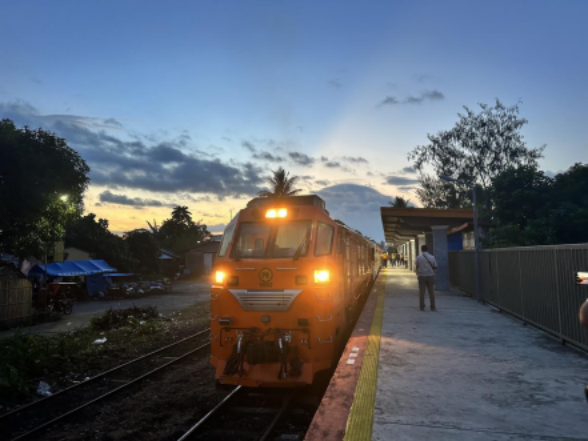
Mobility and resilience
The TR-5 Expressway will improve connectivity by significantly reducing travel time between Metro Manila and Bicol to just five hours from 12 hours. Once completed, it will be a game-changer for mobility, facilitating smoother and faster commutes.
Reviving the Bicol Express transport system through the PNR Long Haul project will be another milestone in enhancing goods and cargo mobility.
Designing with waterways has also become a critical aspect of urban planning and design, particularly in Metro Manila. Constructing new bridges connecting cities bisected by the Pasig River and Manggahan Floodway will help solve traffic congestion while old plans of constructing another floodway connecting Laguna de Bay to Manila Bay through Taguig and Parañaque may help solve problems in riverine and city flooding.
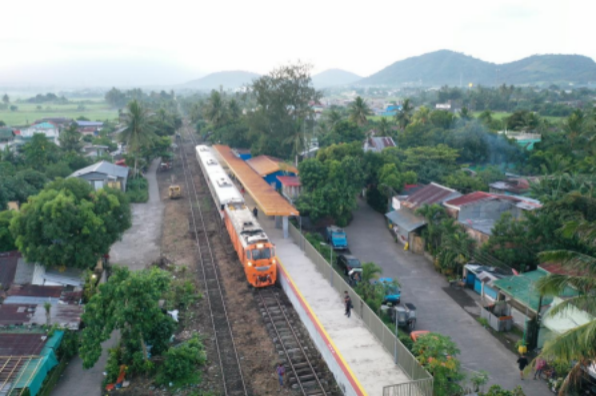
Affordable housing that works
Affordable and effective socialized housing projects are vital in addressing the housing needs of low-income families. Thoughtful planning and implementation of the Pambansang Pabahay para sa Pilipino (4PH) Program, along with initiatives by the National Housing Authority and different NGOs, can provide affordable homes while ensuring access to basic amenities and services.
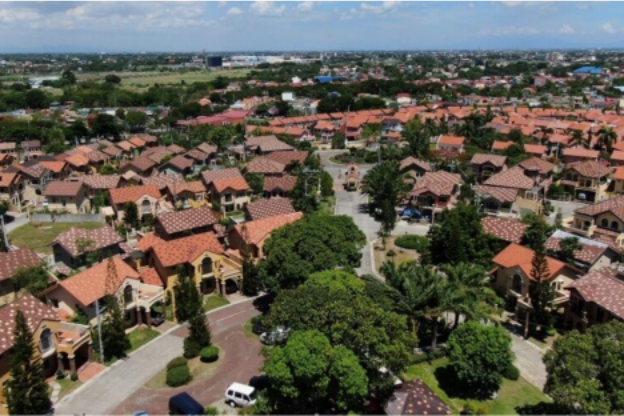
Quaintness of the countryside
Preserving the quaintness of the countryside and seaside areas, such as Siargao, is essential for sustainable tourism. Research has already proven how Siargao can benefit from travel restrictions alongside conservation efforts to protect the natural quality of the environment (Dellova, 2024).
The local governments of our quaint eco-tourist towns and beach resorts should work hand in hand with the locals in preserving the natural quality and ensuring responsible tourism practices.
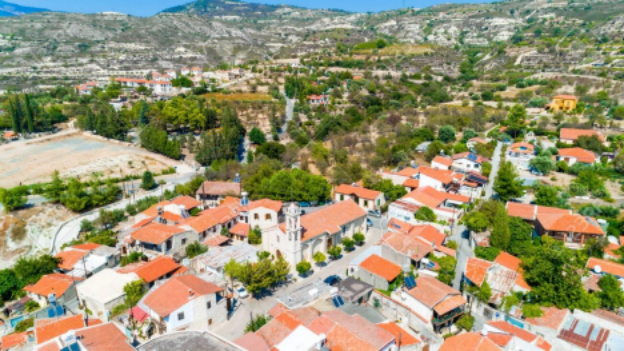
Urban renewal and heritage conservation
Our historic cores, with their cathedrals and heritage houses, have to be preserved as well. While each city or municipality aims to improve the living conditions with infrastructure and new developments, the living structures which stood witness to the rich culture and history of these towns should be protected from further deterioration and even worse, destruction.
New developments can take guidance and inspiration from these heritage structures, give due respect, and preserve the character that have made them identifiable icons for generations.
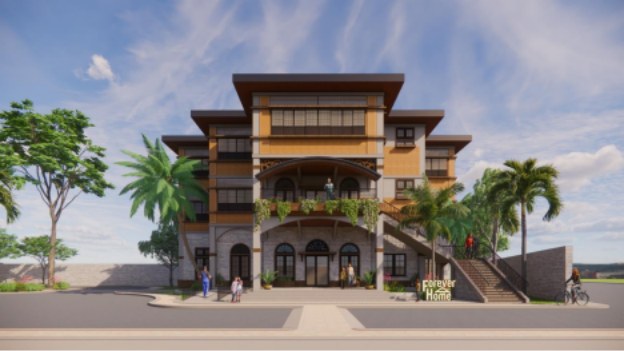
Technological agility
Technologically agile urban design is being promoted through smart city projects in Metro Manila and in advancing cities all over the country.
These initiatives aim to enhance digital literacy and infrastructure connectivity, enabling an environment where technology supports efficient urban management and improved quality of life. Davao City’s Digital Transformation Initiative and Cebu City’s Smart City Program are noteworthy examples making significant strides in this direction.
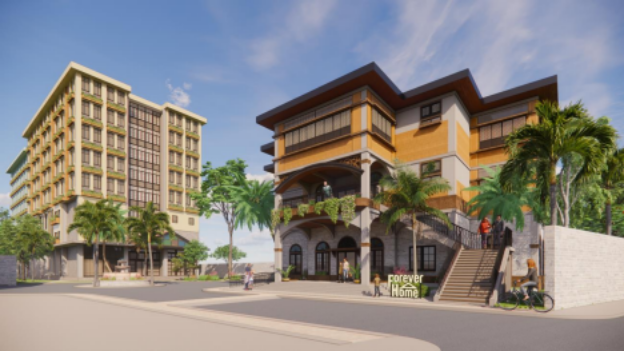
New benchmark
For a diverse and visionary architectural and urban design projects in the country, we should aim to set a new benchmark for inclusivity, environmental conservation, mobility, and technological agility.
As we plan for 2025, these initiatives shall reflect the dedication and creativity of our leaders, developers, architects, and not to mention all the stakeholders in the design and built environment in shaping a sustainable, connected, ecologically sensitive and culturally relevant future for our communities.
Sources:
https://www.researchgate.net/publication/380238415_Travel_Restrictions_in_Siargao_An_In tervention_for_the_Island; https://mungfali.com; https://www.123rf.com; https://shoestringdiary.wordpress.com; https://www.lantaw.com
Richelle Rhea R. Baria is a dedicated mother of three and an architect. She is an Assistant Professor and is currently pursuing her PhD in Designed and Built Environment (DBE) at the University of the Philippines Diliman, where she also serves the Urban Design Studio Laboratory Coordinator. Her research and design interests encompass architectural and urban design, architectural and urban lighting, the creation of women’s spaces, and the development of resilient coastal cities.





